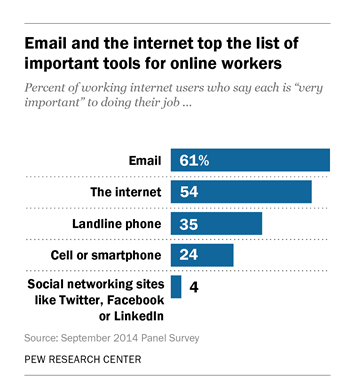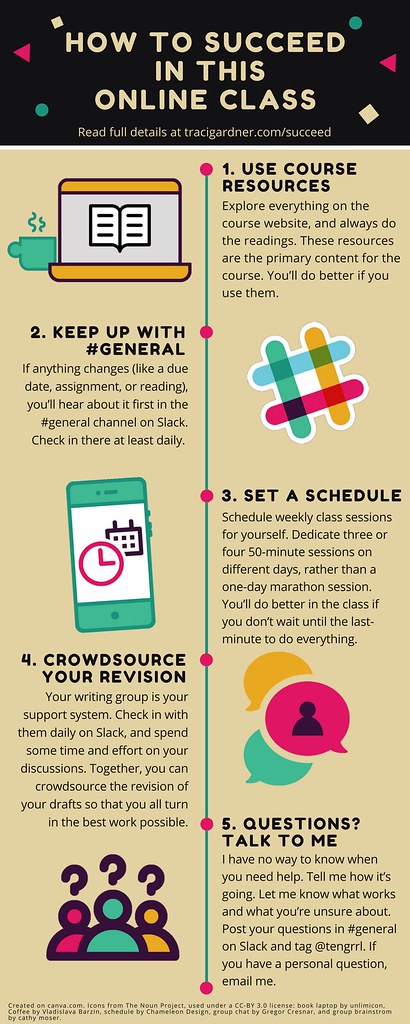I have graded all of your Labor Logs for last week. In this post, I am providing details on how you all did so that you can improve on your next submission. I will post a couple of examples of excellent work later in the week to help you understand the requirements for the assignment. I am waiting for permission from all of the authors.
If you need to revise your work, please submit your revision by 11:59 PM on Friday, July 14.
Overall Feedback for the Class
- 2/3 of the requirements met by almost everyone: Nearly all of the class members included details on the time worked and the intensity of that work. Quite a few people were missing the reflection. Without all three parts, logs will be marked unacceptable in the future.
- Off-topic information included: The Labor Logs should be about the work in this class. You can certainly mention other things as they relate to the course. For instance, you might mention that you went home during the weekend, so your work falls a little short of the goals you set for this week. You should not be including details about completely unrelated things you have done. The assignment is to write a log of your work for the class, not diary entries.
- Underdeveloped sections: In many cases, the information in the logs was the bare minimum, showing little work or effort on the part of the writer. The log should include much more detail, such as the specific things that were written and how the intensity of the work varied from one piece to the next.
- Lack of relevant organization: Most of the Labor Logs used chronological order, which would be fine if the log allowed you to easily see the details. For instance, if you used a table that listed the various things you have done, it would be easy for you to find all the different kinds of work later, when you are writing your final. Without strong headings as organization, it is hard to find what kind of work you have done on which projects.
- Ineffective design choice: Using headings and lists would help with document design. Remember that at the end of the term, you are going to come back to these Labor Logs to write your final and argue for the grade you should earn. Think about what you can do to make the information you need easy to find and use at the end of the term.. More ideas that can help with document design are on the Ten Ways to Improve Your Writing page on the course website.
Grade Strategy
Canvas has a Pass/No Pass grading scheme that we will use for this course. You need to Pass all your Labor Logs (along with the other requirements) to receive a B in the course.
| 100 (P) | Acceptable work. Meets all expectations for Labor Logs. There may still be room for improvement, but it is good enough to Pass. |
| 75 (P) | Earns a passing grade this week, but in the future your logs will need more attention to details, organization, and design to earn a passing grade. |
| 0 (F) | Unacceptable work. Please revise. |


 Every Thursday, I will post an infographic that relates to the course. This week, I am sharing the infographic that I asked you to view in the Course Overview Module.
Every Thursday, I will post an infographic that relates to the course. This week, I am sharing the infographic that I asked you to view in the Course Overview Module. 
 Welcome to the Summer II 2017 session of Technical Writing. The Term begins on Wednesday, July 5, 2017.
Welcome to the Summer II 2017 session of Technical Writing. The Term begins on Wednesday, July 5, 2017.